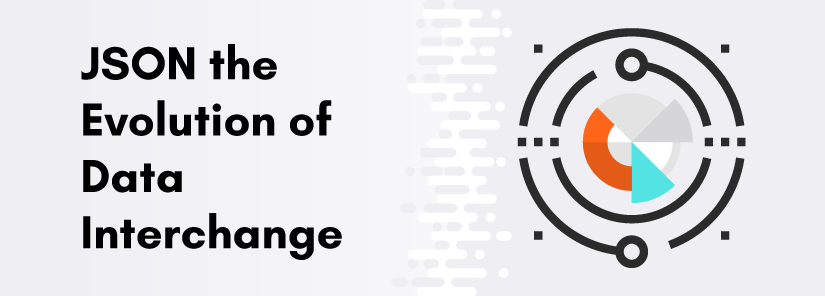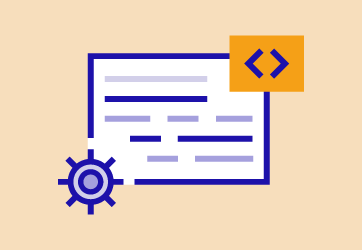JSON the Evolution of Data Interchange


Starting with the basics, this data format has an extension named (.Json) and is compatible with several programming languages. Some of them include JavaScript, C, PHP, Python, PERL, and Ruby. It was designed to exchange data and was coined by Douglas Crockford. The primary motive behind its development was to reduce the size of the file and make transferring of data efficient. A JSON document may contain one or several objects enclosed in curly braces, arrays in square brackets, name/value pairs, and strings.
There are several rules that one has to follow while writing code in JSON. Some of the important ones include:
- Implementing an Object, it is necessary because it is what this format is based on.
- All the names in the key/value pairs need to be enclosed in double quotation.
In JSON data, there is a wide list of values that can be included in the file. Strings, numbers, Boolean, null, object, and array become a part along the way. How is JSON better than other data interchanging format? Well, for a more straightforward example, you can utilize it to gather information from the servers against a particular keyword and much more.
JSON in Divergence With Other Data Formats
Json today is being used widely in JS-based applications which involves extensions of browsers and websites. Moreover, it is used in transferring structured data over a network connection that consists of the transmission of data between servers and web apps. Several web servers are putting it to use for delivering data related to the public because it can be efficiently utilized with modern languages. One of the prime characteristics of this language is it is a lightweight data format. It means that fewer words cover the elements of this language and it doesn’t require any ending tag like XML.
It has support for JSON schema, not comments. The $schema keyword expresses that it is written following the draft v4 requirement. Also, there are several essential features if you add the JSON schema to a specific section of the file. It enables you to provide:
– Title (It is used to give a title to your schema
– Description (A few lines to describe it)
– Type (Defines the first constraint which is a JSON Object)
– Properties (definition for various keys and values)
– Required (a series of required elements)
On the other hand, XML is a format with some similar properties but not all. It is a language widely used for data interchange, but it is not simple to write. It requires proper closing of tags, several comments to explain the segments of the file, and the file sizes consume a lot of bandwidth. If we compare it with YAML, it holds the upper hand on several occasions, but JSON, in the end, wins because of its serialization. YAML can be used in rare cases like needing support for compound data types, comments, inserting block literals, etc.
JSON is way more explicit and more appropriate for data interchange between APIs. JSON has homelier parameters than YAML. Anyone can learn JSON faster because of its human-readable style. YAML is like a subset of JSON, which denotes that you can parse JSON with YAML parser.
October 21, 2021

October 13, 2021




Leave a Reply